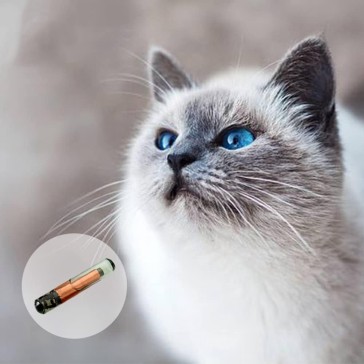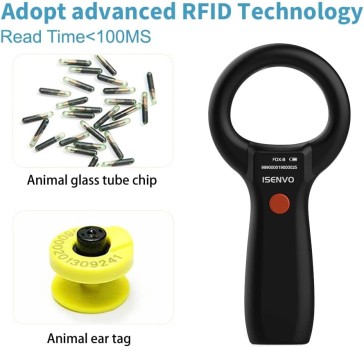Pet microchips, as a permanent electronic identification method, are similar to human ID cards, providing pets with a unique identity identifier (15 digits). When a pet accidentally gets lost, the information in the microchip can help quickly retrieve and contact the owner, ensuring that the pet can safely return home.
In fact, the chip is very small, about the size of a grain of rice, and can be easily implanted under the skin of pets. Microchips are usually implanted between the shoulder blades at the back of pets' necks, a location that is both safe and painless. Through professional readers, people can easily read information from microchips, providing protection for their pets' journey home. Once a microchip is embedded in the body, it will hardly detach or disappear, and data will not be rewritten. Therefore, as a secure and reliable method of identity verification, it was first adopted






Validate your login